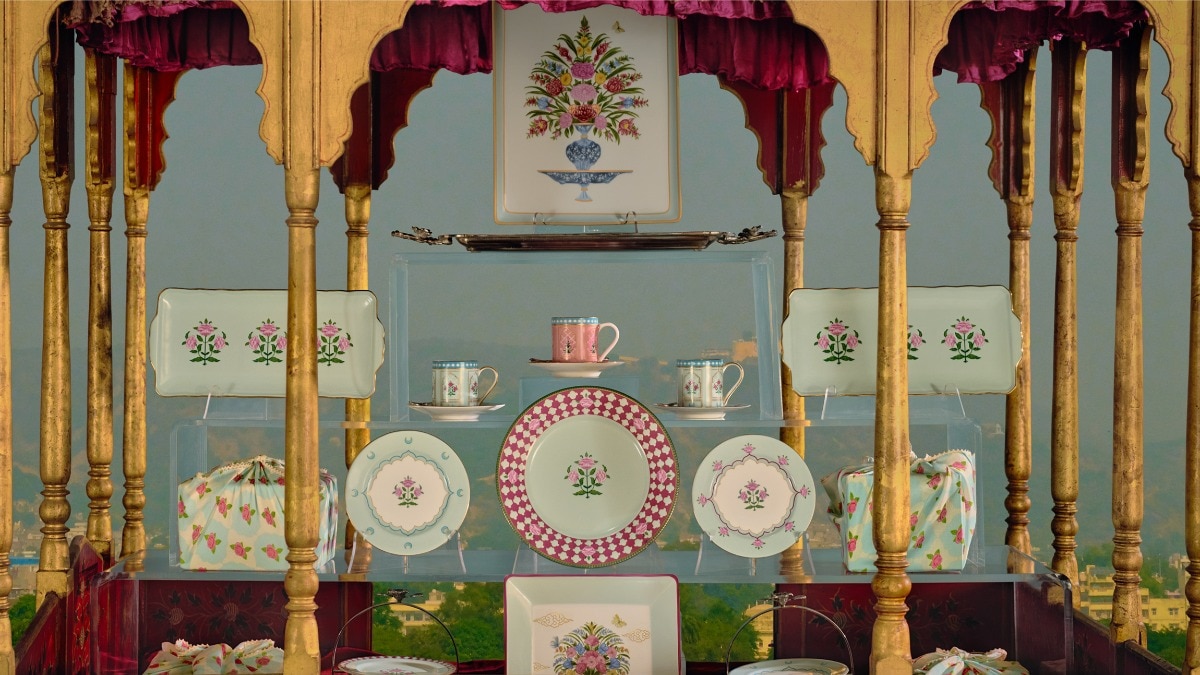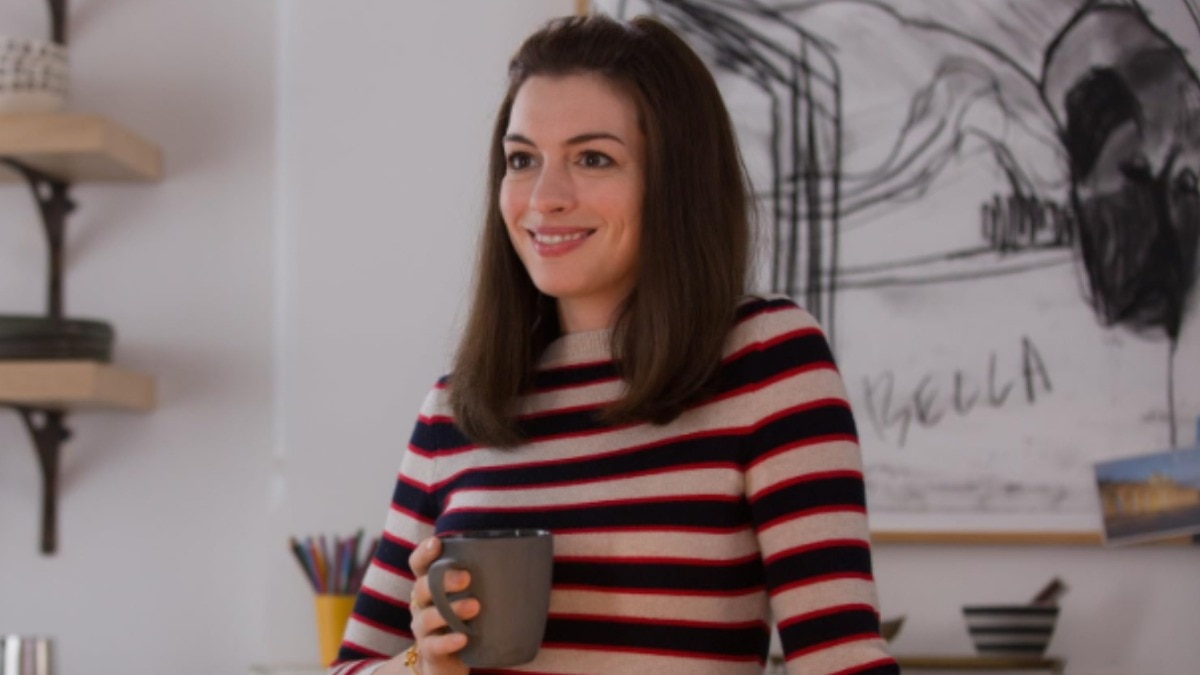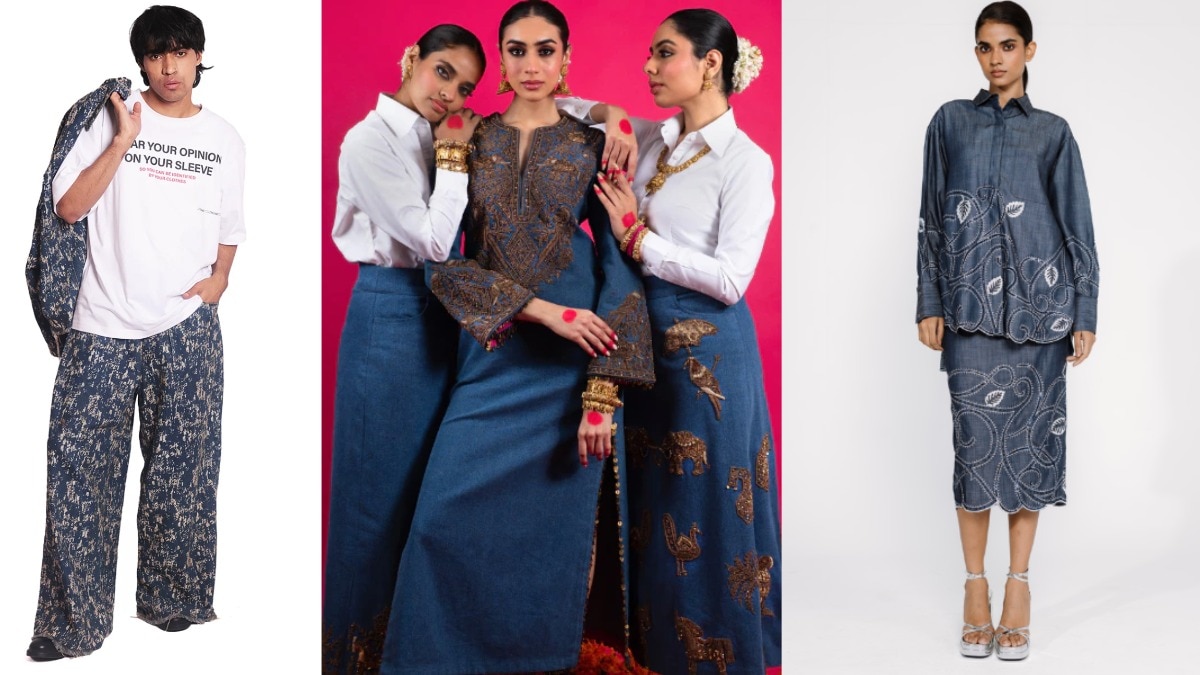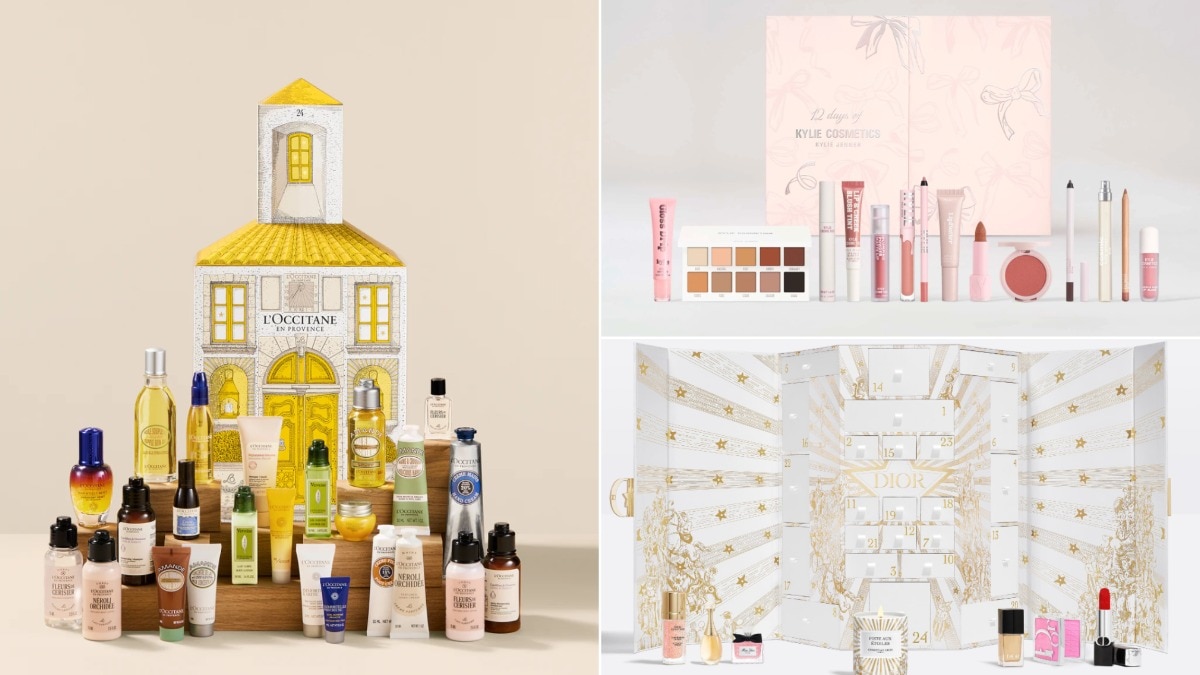A museum in Mumbai has made it to the TIME's list of World's Greatest Places of 2024!
And it is not your regular museum at all...


Children are our future (duh!)—and the Museum of Solutions (MuSo) seeks to unlock their collective potential by encouraging children to make mistakes, dream together, celebrate learning, and share knowledge. With individual labs to ‘play, ‘discover, ‘learn’, ‘grow’, and of course, an emphasis on fun, MuSo aims to teach children to innovate and experiment.
Nestled in the heart of Mumbai, it stands 10 stories tall, a haven where conventional rules are meant to be broken. Children can ask questions, get their hands dirty, invent, innovate, and truly understand. Though India has had some children’s museums before, MuSo promised to go above and beyond, and it delivers. Just a few months after opening its doors, the museum has made it to TIME magazine's list of World's Greatest 100 Places! The not-for-profit hopes to inspire little ones to become agents of change. Founder Tanvi Jindal Shete, daughter of industrialist Sajjan Jindal, and the director of the JSW Foundation, spent two years visiting museums worldwide, drawing inspiration for this passion project.
The line of thinking behind the museum’s conception was simple: adults have failed to solve the world’s problems, so why not let children try? The museum follows a unique model, creating an experiential and educational experience for children, encouraging them to look beyond textbook rote learning, and opening up their vision to a world of possibilities. It empowers them to design solutions for their future as they are the inheritors of our planet. The museum aspires to reach more than 50,000 children through its ‘Free Mondays’ initiative alone, apart from inviting around 250 school groups and numerous NGOs each year.
At MuSo, the exhibits are the main event, each more immersive and interactive than the other. And the best part? All of them draw inspiration and direction from the Sustainable Development Goals of the United Nations. Each of the main activity floors spins differently. The Play Lab is home to a plethora of contraptions that demand the visitor to engage with the simple magic of science. Creating animations, solving problems, sensory tunnels, and risk-taking exercises are only some of the activities that further draw one into forgetting not just time, but age too. Though meant for children, each station has the magnetic power to lure in adults too.
The Discover Lab focuses on explaining the importance of water to life. Here, the film follows Puddles, a sea turtle whose journey from Lakshadweep takes her through all aspects of life, ending with her reaching the shore only to find it destroyed by humans dumping plastic and toxic waste. Narrated by Jackie Shroff and Dia Mirza, the short film calls for the preservation of our oceans. The lab also sheds light on water-related issues and how to solve them—including saving a dog from floods, preserving coral reefs, and providing water to areas with little to no access to it.
The Make Lab is every child’s paradise. Kids can work by themselves or in groups to create, design, and bring alive innovative solutions with the help of art and technology. Photography, film-making, podcasting, and even metal fabrication and laser cutting lay in store here.
Children can dirty their hands while grappling with beekeeping, composting, gardening and sustainable farming methods at the Grow Lab. Along with rough work, there are workshops to understand gender, workshops for grandparents, and even puzzles on the bathroom walls, so there’s no room for boredom at all!
The staff of 60 comprises architects, designers, museum educators and art and design students. Special efforts and collaborations are in the works to ensure the museum is accessible to children from all communities, including the most underprivileged. In its efforts towards inclusivity, it is also bilingual, wheelchair accessible, and caters to parents and educators! MuSo’s bold vision bolsters the sentiment that children don't need to wait until they're adults to become changemakers, and that’s the kind of thinking we can all rally behind.
Feature image: Pexels
Also read: Why the female form is revered in history but censored in modern art










